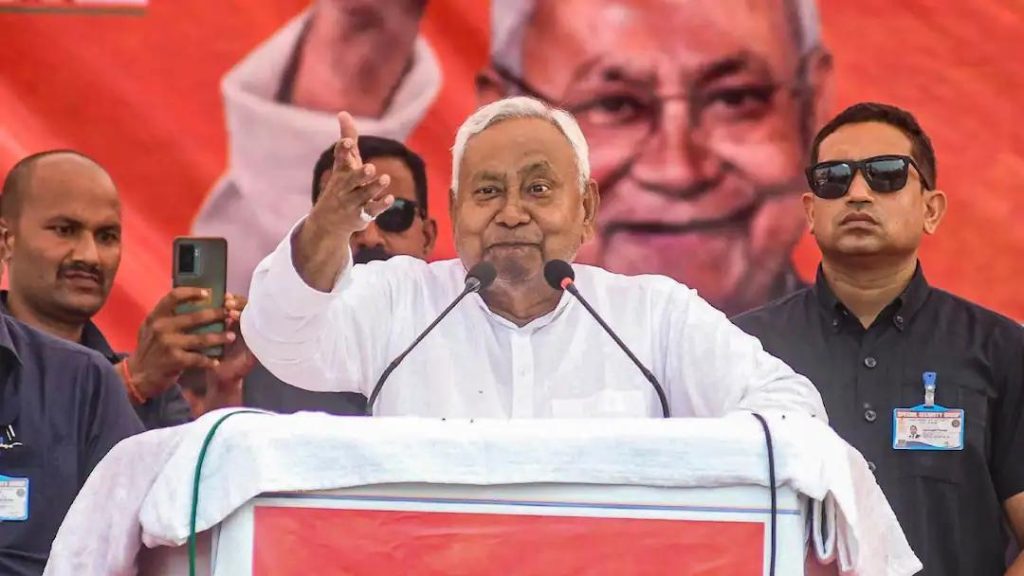
Trends show JD(U) leading on more seats than BJP in Bihar
The highly anticipated Bihar Assembly elections have finally reached their climax, with the counting of votes currently underway. As the early trends start to emerge, it appears that Bihar Chief Minister Nitish Kumar’s party, the Janata Dal (United) (JD(U)), is leading on more seats than its ally, the Bharatiya Janata Party (BJP). According to the latest trends, JD(U) is leading on 81 seats, while the BJP is trailing behind with leads on 78 seats.
This development is significant, given the fact that JD(U) and BJP are part of the National Democratic Alliance (NDA) in Bihar. In the 2020 Assembly polls, JD(U) had secured 43 seats, while the BJP had won 74 seats. The current trends, therefore, suggest a substantial increase in the number of seats for JD(U), while the BJP’s tally seems to be marginally lower than its previous performance.
The Bihar Assembly elections were held in a multi-phased manner, with the first phase of polling taking place on [date] and the final phase on [date]. The elections saw a high voter turnout, with [percentage]% of the eligible voters exercising their franchise. The polls were contested by several major parties, including the JD(U), BJP, Rashtriya Janata Dal (RJD), All India Majlis-e-Ittehadul Muslimeen (AIMIM), and the Jan Swaraj Party (JSP), among others.
The RJD, which is the main opposition party in Bihar, is also putting up a strong fight, with its candidates leading on [number] seats. The party had won [number] seats in the 2020 Assembly polls and is expected to improve its tally this time around. The AIMIM, which is contesting the Bihar elections for the first time, is also making its presence felt, with its candidates leading on [number] seats.
The current trends, however, are subject to change as the counting of votes is still underway. The Election Commission of India (ECI) is expected to announce the final results later in the day. The ECI has made elaborate arrangements for the counting of votes, with [number] counting centers set up across the state.
The Bihar Assembly elections were marked by a high-pitched campaign, with top leaders from various parties crisscrossing the state to woo voters. The campaign saw several key issues being raised, including the state’s economic development, law and order, and the implementation of various welfare schemes.
The outcome of the Bihar Assembly elections is being keenly watched, as it is expected to have a significant impact on the national political landscape. The results will also have implications for the upcoming elections in other states, including [state], which is scheduled to go to polls in [year].
As the counting of votes continues, the tension is palpable, with party workers and supporters of various parties eagerly awaiting the final results. The trends, however, suggest that JD(U) is poised to emerge as the single largest party in the state, with its leader Nitish Kumar likely to retain the chief minister’s post.
In conclusion, the early trends in the Bihar Assembly elections suggest that JD(U) is leading on more seats than its ally BJP. The final results, however, will be announced later in the day, and it is essential to wait until then to get a clear picture of the outcome. The elections have been marked by a high level of enthusiasm and participation, with the people of Bihar exercising their franchise in large numbers.
As we await the final results, one thing is clear – the Bihar Assembly elections have been a significant event in the country’s democratic calendar, and their outcome will have far-reaching implications for the state and the nation.






